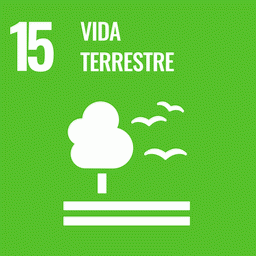Resprouting is an efficient life history strategy by which woody savanna species can recover their aboveground biomass after fire. However, resprouting dynamics after fire and the time it takes to start producing flowers and fruits are still poorly understood, especially for the Brazilian savanna (Cerrado biome), where fire is an important driver of vegetation structure and ecosystem functioning. We investigated the resprouting dynamics and production of flowers and fruits of 26 woody species (20 tree and 6 shrub species for a total of 485 individuals) that were burned and the production of flowers and fruits for a subset of 12 species (139 individuals) in an unburned area in a Brazilian savanna. We classified the species’ resprouting strategies as hypogeal (at the soil level, with main stem death), epigeal (on the main stem or crown), and hypogeal + epigeal. We used generalized linear mixed-effect models to identify the post-fire recovery patterns for five years. Individuals with basal resprouts (hypogeal and hypogeal + epigeal resprouting) produced an average of 6 basal resprouts, but only 33% of resprouts survived after five years. Individuals in burned areas produced fewer flowers and fruits than individuals in unburned areas. At least a subset of individuals in all the resprouting strategies started to produce flowers and fruits in the first-year post-fire. About 68% of the species with hypogeal resprouts produced flowers and fruits in the first-year post-fire, but the intensity of flowering and fruiting was lower compared to individuals with other resprouting strategies over time. Although woody species have invested in post-fire growth and sexual reproduction in all resprouting strategies, the long time needed to recover these processes can make these species more vulnerable to frequent fires.
GIS without GPS: new opportunities in technology and survey research to link people and place
This paper presents innovative ways to relate survey data to GIS maps, thereby making the connection of people and place more accessible for the research community. Based on data from rural areas in the Brazilian Amazon, we describe a successful effort to sample...
